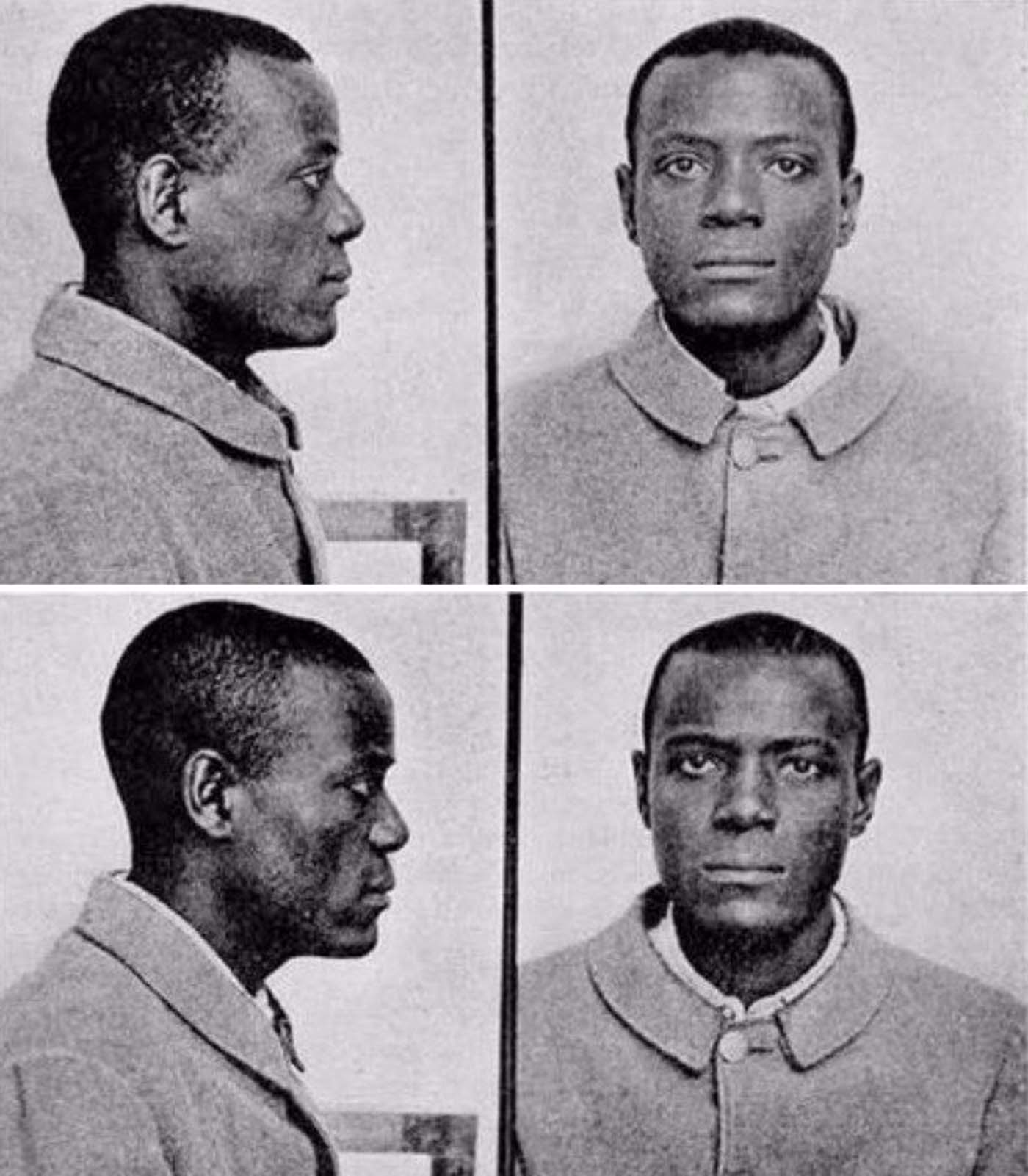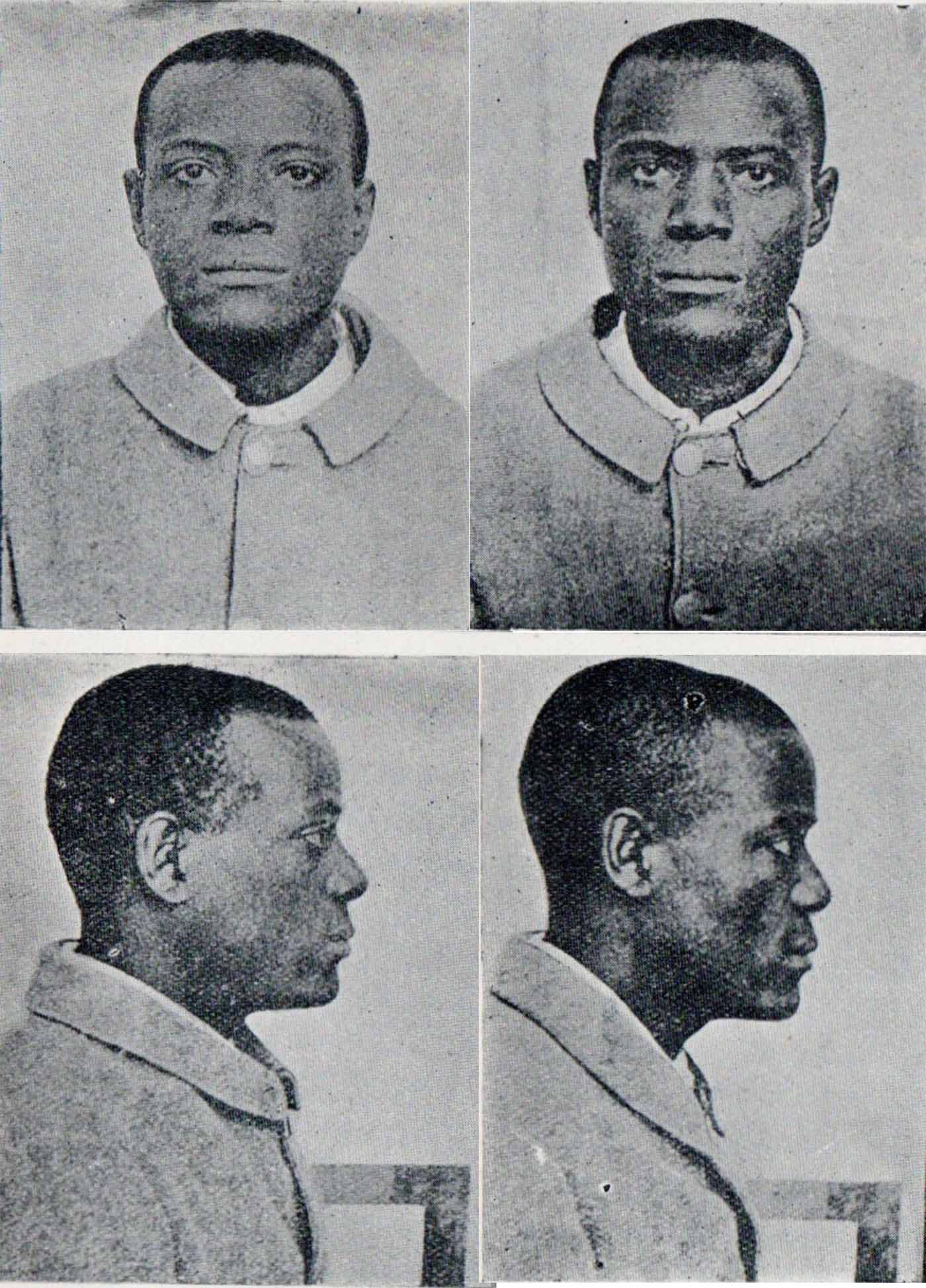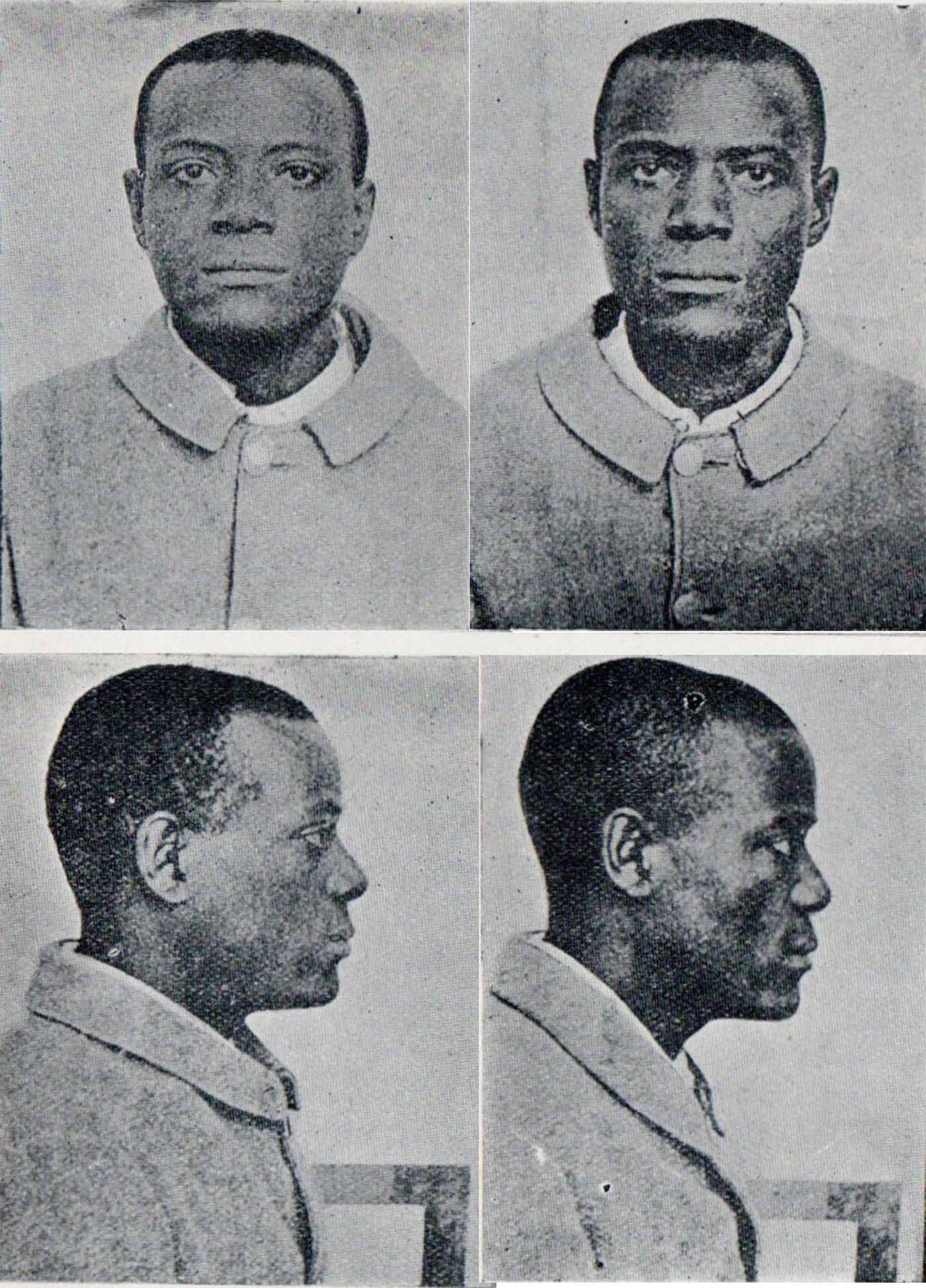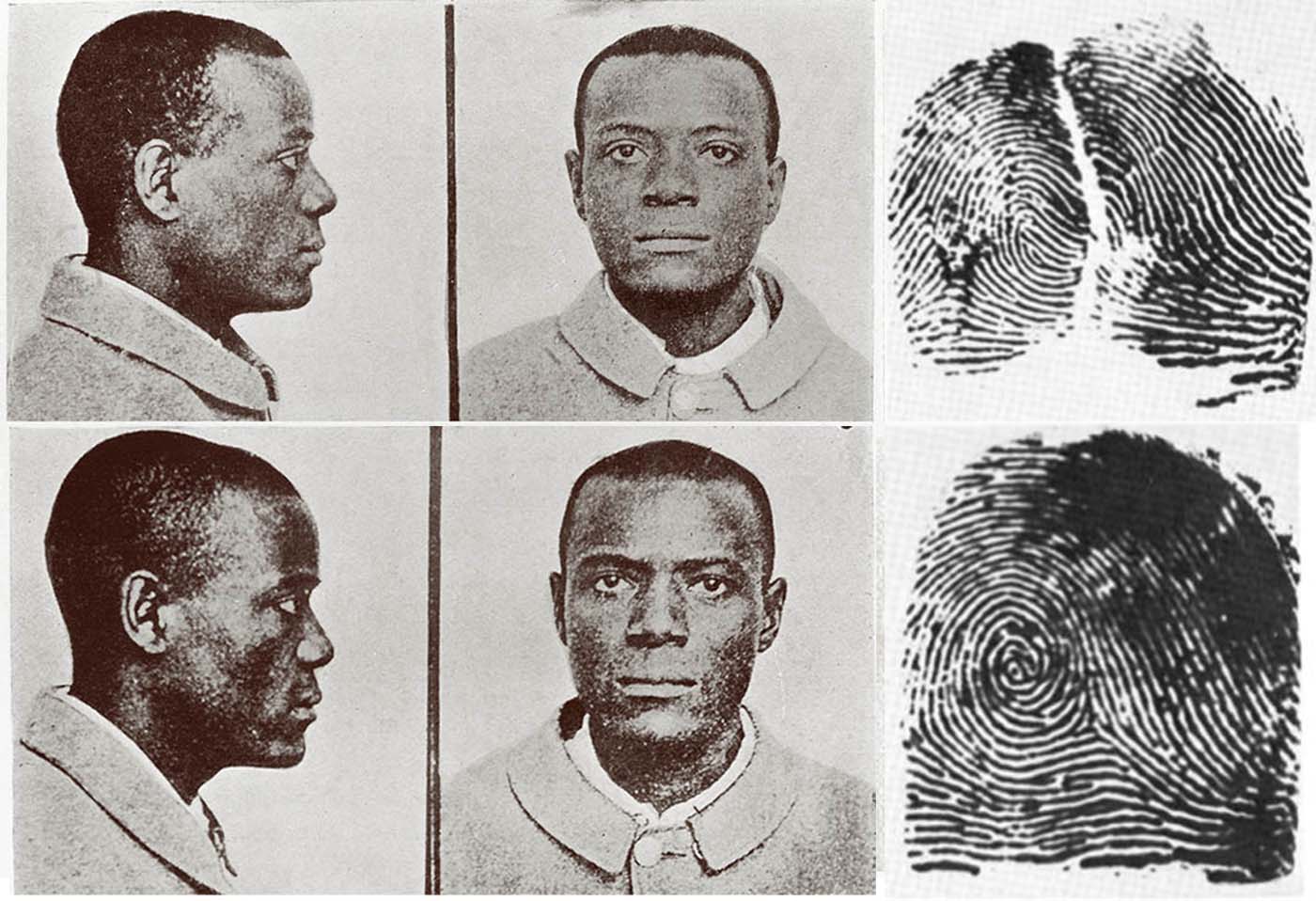In the early 1900s, there was no standardized method for identifying criminals. It wasn’t until a unique case in 1903 that the need for a reliable identification system became apparent. The Will and William West case was a groundbreaking case in the history of criminal identification that led to the development of modern fingerprinting techniques.
In 1903, two men named Will and William West were arrested for unrelated crimes in Leavenworth, Kansas. When Will West was processed, he was found to have a criminal record and was already in custody. However, the staff at the prison were convinced that Will was William, who was wanted for murder in another state. They couldn’t tell them apart, as they looked the same, had the same name, and even had similar tattoos on their hands.
This led to a great deal of confusion and frustration, and it wasn’t until Alphonse Bertillon, a French anthropologist arrived that the mystery was solved. Bertillon was an expert in physical anthropology and developed a system of identification using physical measurements of the human body. He measured the height, the length of the head, the length of the left foot, and the length of the left middle finger of the two men. He found that despite their similarities in appearance and name, their measurements were different, proving that they were, in fact, two different people.
However, the incident sparked a discussion among experts and authorities about the need for a more reliable method of identification that would not depend on physical measurements, which changes in weight or age could alter. Then, Sir Edward Henry, a British police official, proposed using fingerprints for identification. Henry was influenced by the work of Francis Galton, who had conducted extensive research on fingerprints and had shown that no two people have the same fingerprint.
The British authorities then began experimenting with fingerprinting, which soon became a standard identification method in the criminal justice system. The technique was so successful that other countries, including the United States, soon adopted it.
The Will and William West case showed the need for a reliable and standardized identification method, leading to the development of modern fingerprinting techniques. Today, fingerprints are used for identification in many areas of life, from unlocking smartphones to solving crimes.
The Will and William West case also highlights the importance of the scientific method and evidence in criminal justice. In this case, not only the visual recognition that failed but also the physical measurements, believed to be more reliable at the time. The incident shows how easily our perceptions can be misled and how crucial it is to rely on scientific evidence to pursue justice.






